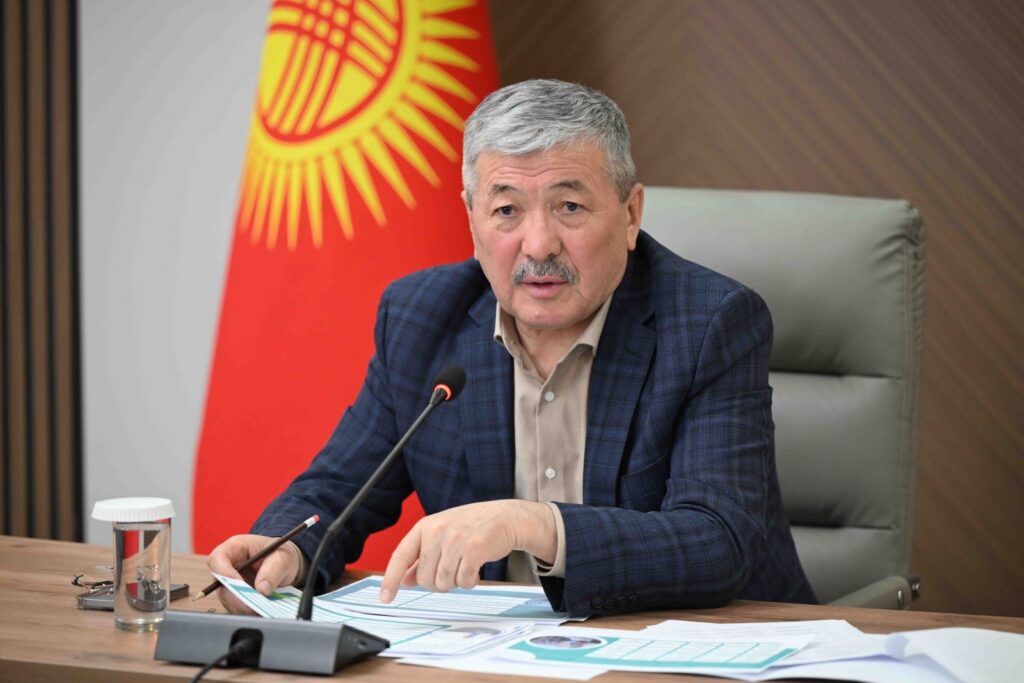Rising Cement Prices in Kyrgyzstan Slow Economic Growth
In a bid to stabilize the construction market, the Cabinet of Ministers of Kyrgyzstan has lifted a temporary ban on cement imports. The decision is aimed at addressing soaring prices and growing demand for construction materials amid an ongoing nationwide building boom. According to government officials, the move is intended to support market competition, prevent material shortages, and reduce pressure on prices. “The lifting of the temporary ban on cement imports will support healthy competition in the market, prevent shortages, and stabilize prices for construction materials,” the cabinet stated. The ban had been introduced approximately one month earlier, following a surge in cement imports from neighboring countries. Officials argued that this influx had created unfair competitive conditions for domestic producers. Construction Boom Meets Market Tensions Kyrgyzstan’s construction sector has emerged as a key engine of economic growth in recent years. The government has made the development of this sector a priority, citing its importance for job creation, infrastructure expansion, and broader economic momentum. The country is currently in the midst of a construction boom, with large-scale projects such as stadiums, airports, and affordable housing developments underway. These initiatives are being supported by new mortgage lending programs and infrastructure investments. However, rapid growth has strained the supply of building materials, especially cement. Local media report that the construction of a new stadium in Bishkek, touted as the future largest in Central Asia, alone requires 135,000 cubic meters of cement. Concerns have also been raised over alleged artificial price hikes. While officials deny any supply issues, reports suggest that some market players may be inflating prices to maximize profit amid the surge in demand. Balancing Growth and Stability The lifting of the import ban signals a shift in government policy toward greater market flexibility in the face of inflationary pressures. It reflects broader challenges facing Kyrgyzstan’s economy as it seeks to balance robust growth in the construction sector with price stability and fair market practices. As the country continues its infrastructure push, the success of such measures will be critical not only to the construction industry but also to the broader trajectory of economic development in 2025.



